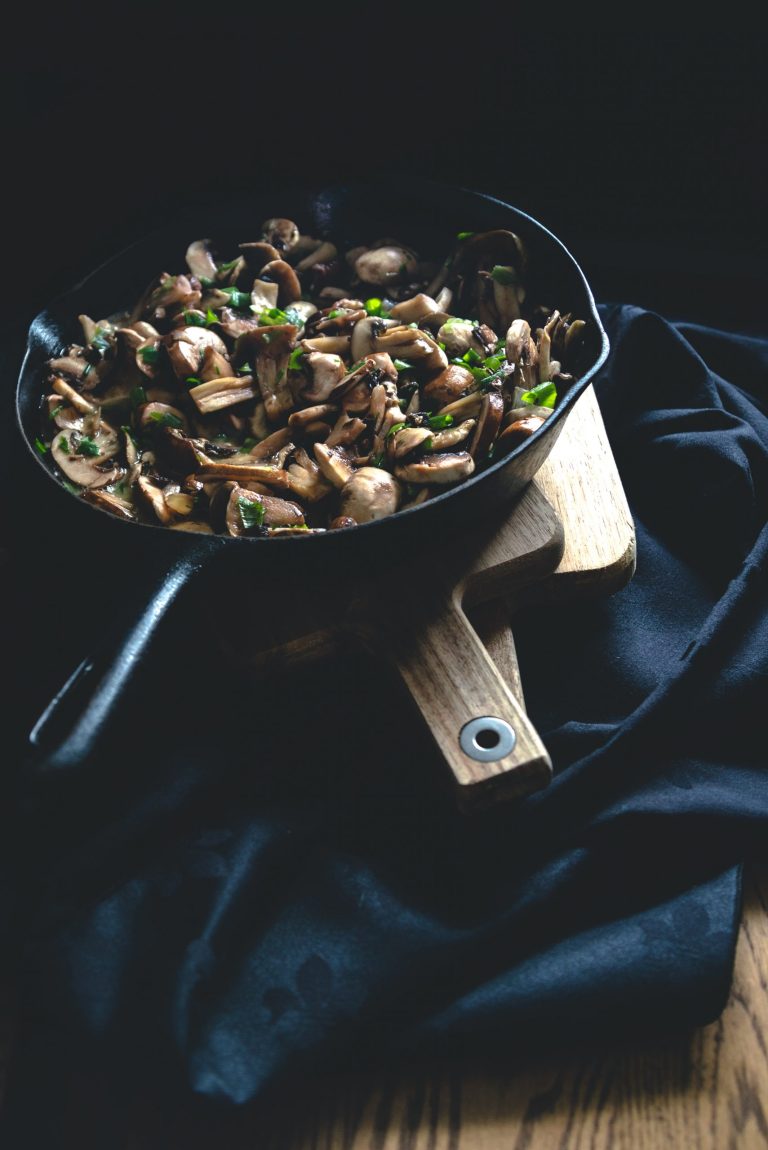From Shelf to Pantry: Mastering Food Storage Essentials
This post contains affiliate links. Click here to read my affiliate policy.
Last Updated on November 25, 2024

Proper food storage is not just about keeping your kitchen organized; it’s also about preserving the quality and safety of food, minimizing waste, and even saving money. A well-stocked and properly organized pantry can make meal preparation more efficient, reduce stress, and encourage healthier eating habits. In this guide, we’ll explore the best practices for transitioning food items from shelves to pantry storage while incorporating essential tips, facts, and statistics to help you become a food storage expert.
Why Proper Food Storage Matters
Food storage is an essential part of household management, yet many people overlook its importance. Poor storage practices can lead to food spoilage, increased waste, and potential health risks.
Food Waste Facts
- According to the Food and Agriculture Organization (FAO), approximately one-third of all food produced globally is wasted each year. This amounts to 1.3 billion tons of food.
- In the United States alone, food waste is estimated at 30-40% of the food supply, with much of it attributed to improper storage.
Economic and Environmental Impacts
Wasted food costs American households an average of $1,500 annually. Additionally, food waste contributes to greenhouse gas emissions in landfills. Simple improvements in storage can reduce waste and save money while benefiting the environment.
Step 1: Assess Your Storage Space
Before transitioning items from your shelves to your pantry, it’s important to evaluate the space you have. A cluttered pantry can quickly become overwhelming, so organization is key.
Tips for Maximizing Pantry Space
- Categorize Items: Group similar items, such as canned goods, grains, snacks, and spices.
- Use Clear Containers: Transparent containers make it easy to see what you have on hand, reducing duplicate purchases and waste.
- Label Everything: Clear labels save time when searching for ingredients and help maintain organization.
- Adjustable Shelving: Consider installing adjustable shelves to accommodate varying sizes of items.
Fact: Households with organized pantries are 33% more likely to cook at home regularly, according to a study by the Journal of Consumer Research.
Step 2: Understand Food Storage Requirements
Different types of food have varying storage needs. Knowing these can help maintain freshness and safety.
Dry Goods
- Cereals and Grains: Store in airtight containers to prevent exposure to moisture and pests.
- Flours and Baking Supplies: Refrigerate whole-grain flours to extend shelf life.
Canned Goods
- Keep canned items in a cool, dark place. Rotate stock using the “first in, first out” (FIFO) method to ensure older items are used before expiration.
Perishables
- Move perishables like onions, garlic, and potatoes to well-ventilated storage areas in the pantry. Avoid refrigeration for these items as it can alter their texture and flavor.
Step 3: Transitioning to a Functional Pantry
The process of moving food from shelves to a pantry involves thoughtful organization and planning. Follow these steps to create a space that works for you:
Declutter Before You Start
- Remove expired or stale food items from your shelves. Check “best by” and “use by” dates carefully.
- Donate unopened, non-expired items you don’t plan to use to local food banks.
Invest in Storage Solutions
- Use stackable bins to make the most of vertical space.
- Opt for baskets to store irregularly shaped items like bags of chips or root vegetables.
- Install pull-out drawers for easy access to items stored at the back of deep shelves.
Create a System
- Dedicate specific sections of your pantry for different food categories. For example:
- Top Shelf: Snacks and treats.
- Eye Level: Everyday staples like pasta, rice, and canned goods.
- Lower Shelf: Bulk items and heavier items like flour bags.
- Floor: Large storage bins for oversized or infrequently used items.
Stat: Homes with a well-organized pantry reduce food waste by up to 20%, according to the Environmental Protection Agency (EPA).
Step 4: Embrace Sustainable Practices
Modern food storage isn’t just about convenience—it’s also about reducing environmental impact.
Compostable Food Packaging
Consider transitioning to products with compostable food packaging. These eco-friendly options minimize waste and break down naturally, contributing to healthier soil. By choosing compostable packaging, you’re making a conscious effort to reduce your household’s environmental footprint.
Reusable Containers
Invest in glass or stainless-steel containers, which are more durable and sustainable than single-use plastic.
Step 5: Maintaining Your Pantry
Once your pantry is set up, regular maintenance is essential to keep it functional and efficient.
Inventory Management
- Conduct monthly checks to ensure food items are still within their usable dates.
- Keep a list of pantry staples and update it as you shop.
Cleanliness
- Wipe down shelves regularly to prevent spills or pest infestations.
- Store grains and flours in sealed containers to protect against pantry moths.
Replenishing Stock
- Keep track of frequently used items and restock them before they run out.
- Use the FIFO method to maintain freshness and reduce waste.
Pantry Must-Haves for Food Storage Success
Investing in the right tools can make all the difference. Here are a few essentials:
- Airtight Containers: Prevent moisture and pest infiltration.
- Spice Racks: Keep your spices organized and easily accessible.
- Labels and Markers: For clear identification of items and expiration dates.
- Bins and Baskets: Ideal for grouping similar items and keeping the pantry tidy.
- Vacuum Sealers: Extend the shelf life of perishable and dry goods.
Stat: A family of four can save up to $2,200 annually by reducing food waste through proper storage practices.
Food Safety Considerations
Foodborne illnesses can occur when food isn’t stored correctly. Follow these guidelines to ensure safety:
- Store dry goods in cool, dark places away from heat sources like ovens.
- Avoid overcrowding your pantry, as airflow is crucial for maintaining freshness.
- Regularly inspect storage containers for signs of cracks or wear, which can compromise their effectiveness.
The Benefits of a Well-Organized Pantry
Time-Saving
A well-organized pantry eliminates the frustration of searching for ingredients. Meal prep becomes faster and less stressful.
Cost-Efficiency
By knowing exactly what you have, you avoid buying duplicates and wasting money on spoiled items.
Healthy Eating
When healthy snacks and staples are easy to find, you’re more likely to make nutritious food choices.
Reduced Waste
Proper storage practices reduce spoilage and waste, contributing to a more sustainable household.
Conclusion
Mastering the transition from shelf to pantry isn’t just about creating a visually appealing kitchen—it’s about adopting habits that save time, money, and the environment. By following the steps outlined in this guide, you can create a pantry that not only serves your needs but also aligns with sustainable practices like using compostable food packaging and reducing food waste.
Take the first step today by assessing your storage space, organizing your food items, and committing to maintaining your pantry. The payoff is a kitchen that is efficient, eco-friendly, and always ready for your next culinary adventure.






